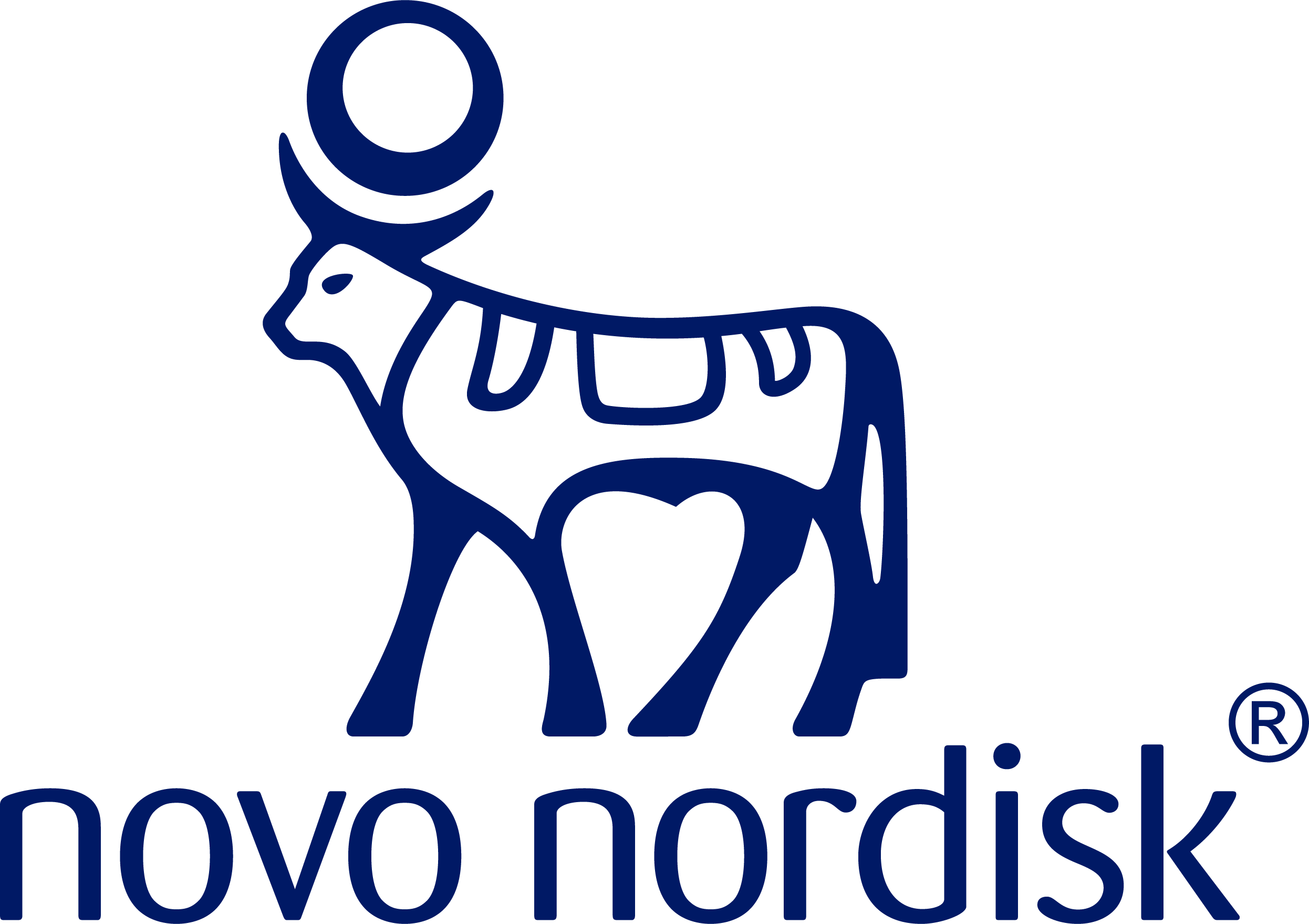Obesity and Comorbidities
Obesity might be the first thing you see. Don’t make it the last thing you talk about
Obesity is associated with at least 60 weight-related comorbidities, some of which can be improved through weight loss.1-4 Weight loss of 5% to 15% or greater may result in improvements in many of these comorbidities.1
Weight loss may help improve some of your patients’ weight-related comorbidities1-4
For a deeper look into some of these conditions, tap on each weight-related comorbidity to explore the role obesity can play in your patients’ health.
Cardiovascular disease (CVD)
Metabolic dysfunction-associated steatotic liver disease (MASLD)
Polycystic ovary syndrome (PCOS)
Osteoarthritis (OA)
Prediabetes
Obstructive sleep apnea (OSA)
While the majority of patients and HCPs agree that weight loss of 10% may be beneficial to their health, patients may be waiting for HCPs to take that important first step and discuss weight management.1,24*
*Data from a survey that examined obesity-related perceptions, attitudes, and behaviors among ~3,000 adults with obesity and ~600 HCPs.
HCP, health care professional.
A look at other comorbidities
Type 2 diabetes (T2D)
Male hypogonadism
Female infertility
Hypertension
Gastroesophageal reflux disease (GERD)
Asthma/Reactive airway disease
Urinary stress incontinence
Metabolic syndrome
Dyslipidemia
Cancers (various)

“I talk with my patients about weight-related comorbidities, even if they don't have any yet. [Obesity] can increase your lifetime risk of having a heart attack or other heart diseases. That’s why we need to start a plan now.”25
Holly Lofton, MD
Clinical Associate Professor of Surgery and Medicine
Director, Medical Weight Management Program
Starting the Conversation About Weight
Dr. Carlos Campos explains his approach toward initiating a weight-management discussion when he sees a patient who is living with obesity and weight-related comorbidities.


DIAGNOSING
Example patient profiles
Review example profiles of patients with obesity who have comorbidities you may see in your practice.
1. Ryan DH, Yockey SR. Weight loss and improvement in comorbidity: differences at 5%, 10%, 15%, and over. Curr Obes Rep. 2017;6(2):187-194.
2. Tondt J, Freshwater M, Hurtado Andrade M, et al. Obesity algorithm 2024. Obesity Medicine Association. January 2024. Accessed June 11, 2025. https://obesitymedicine.org/resources/obesity-algorithm/
3. Garvey WT, Mechanick JI, Brett EM, et al; Reviewers of the AACE/ACE Obesity Clinical Practice Guidelines. American Association of Clinical Endocrinologists and American College of Endocrinology comprehensive clinical practice guidelines for medical care of patients with obesity. Endocr Pract. 2016;22(suppl 3):1-203.
4. Centers for Disease Control and Prevention. Obesity and cancer. Updated June 11, 2025. Accessed June 11, 2025. https://www.cdc.gov/cancer/risk-factors/obesity.html
5. Portincasa P, Khalil M, Mahdi L, et al. Metabolic dysfunction-associated steatotic liver disease: from pathogenesis to current therapeutic options. Int J Mol Sci. 2024;25(11):5640.
6. Yanai H, Adachi H, Hakoshima M, Iida S, Katsuyama H. Metabolic-dysfunction-associated steatotic liver disease—its pathophysiology, association with atherosclerosis and cardiovascular disease, and treatments. Int J Mol Sci. 2023;24(20):15473.
7. Cusi K, Isaacs S, Barb D, Basu R, Caprio S, Garvey WT, et al. American Association of Clinical Endocrinology clinical practice guideline for the diagnosis and management of nonalcoholic fatty liver disease in primary care and endocrinology clinical settings. Endocr Pract. 2022;28(5):528–562.
8. De Leo V, Musacchio MC, Cappelli V, Massaro MG, Morgante G, Petraglia F. Genetic, hormonal and metabolic aspects of PCOS: an update. Reprod Biol Endocrinol. 2016;14(1):38.
9. Rasquin LI, Anastasopoulou C, Mayrin JV. Polycystic Ovarian Disease. StatPearls Publishing; 2022.
10. The American College of Obstetricians and Gynecologists. Polycystic ovary syndrome (PCOS). Updated January 2022. Accessed June 11, 2025. https://www.acog.org/womens-health/faqs/polycystic-ovary-syndrome-pcos
11. Endocrine Society. Patient resources: polycystic ovary syndrome. Updated January 23, 2022. Accessed June 11, 2025. https:/www.endocrine.org/patient-engagement/endocrine-library/pcos
12. Barber TM, Franks S. Obesity and polycystic ovary syndrome. Clin Endocrinol (Oxf). 2021;95(4):531-541.
13. Chen L, Zheng JJY, Li G, et al. Pathogenesis and clinical management of obesity-related knee osteoarthritis: impact of mechanical loading. J Orthop Translat. 2020;24:66-75.
14. Xie C, Chen Q. Adipokines: new therapeutic target for osteoarthritis? Curr Rheumatol Rep. 2019;21(12):71.
15. Miao Z, Alvarez M, Ko A, et al. The causal effect of obesity on prediabetes and insulin resistance reveals the important role of adipose tissue in insulin resistance. PLoS Genet. 2020;16(9):e1009018.
16. Centers for Disease Control and Prevention. About the prediabetes risk test. Accessed June 11, 2025. https://www.cdc.gov/prediabetes/risktest/about-the-test.html
17. Boye KS, Lage MJ, Shinde S, Thieu V, Bae JP. Trends in HbA1c and body mass index among individuals with type 2 diabetes: evidence from a US database 2012–2019. Diabetes Ther. 2021;12(7):2077-2087.
18. Wondmkun YT. Obesity, insulin resistance, and type 2 diabetes: associations and therapeutic implications. Diabetes Metab Syndr Obes. 2020;13:3611-3616.
19. Romero-Corral A, Caples SM, Lopez-Jimenez F, Somers VK. Interactions between obesity and obstructive sleep apnea: implications for treatment. Chest. 2010;137:711-719.
20. Dobrosielski DA, Papandreou C, Patil SP, Salas-Salvado J. Diet and exercise in the management of obstructive sleep apnoea and cardiovascular disease risk. Eur Respir Rev. 2017;26(144):160110.
21. Jehan S, Zizi F, Pandi-Perumal SR, et al. Obstructive sleep apnea and obesity: implications for public health. Sleep Med Disord. 2017;1(4):00019.
22. Thalheimer A, Bueter M. Excess body weight and gastroesophageal reflux disease. Visc Med. 2021;37(4):267-272.
23. Grundy SM. Metabolic syndrome update. Trends Cardiovasc Med. 2016;26(4):364–373.
24. Kaplan LM, Golden A, Jinnett K, et al. Perceptions of barriers to effective obesity care: results from the National ACTION Study. Obesity (Silver Spring). 2018;26(1):61-69.
25. Iyen B, Weng S, Vinogradova Y, Akyea RK, Qureshi N, Kai J. Long-term body mass index changes in overweight and obese adults and the risk of heart failure, cardiovascular disease and mortality: a cohort study of over 260,000 adults in the UK. BMC Public Health. 2021;21(1):576.




